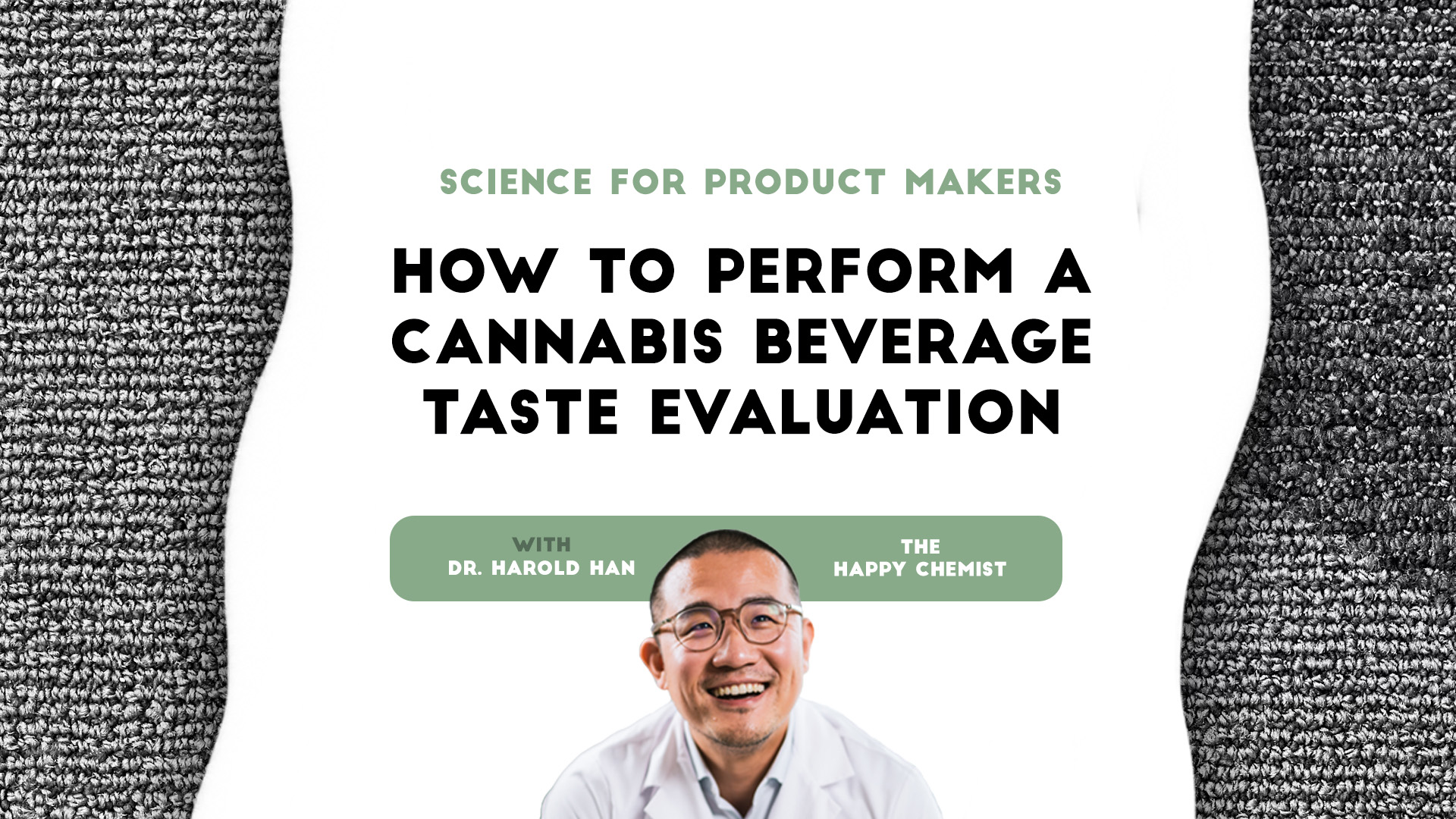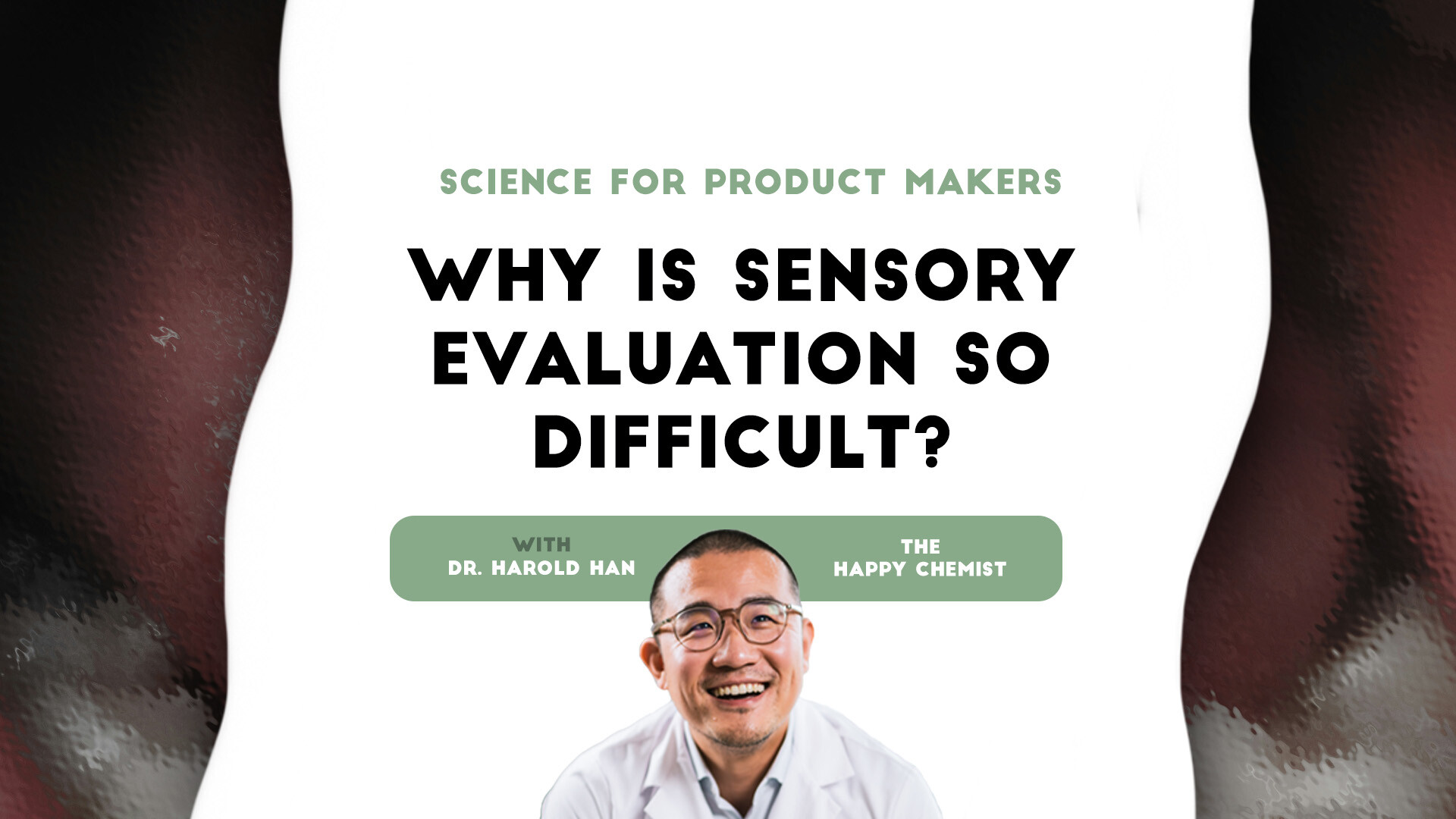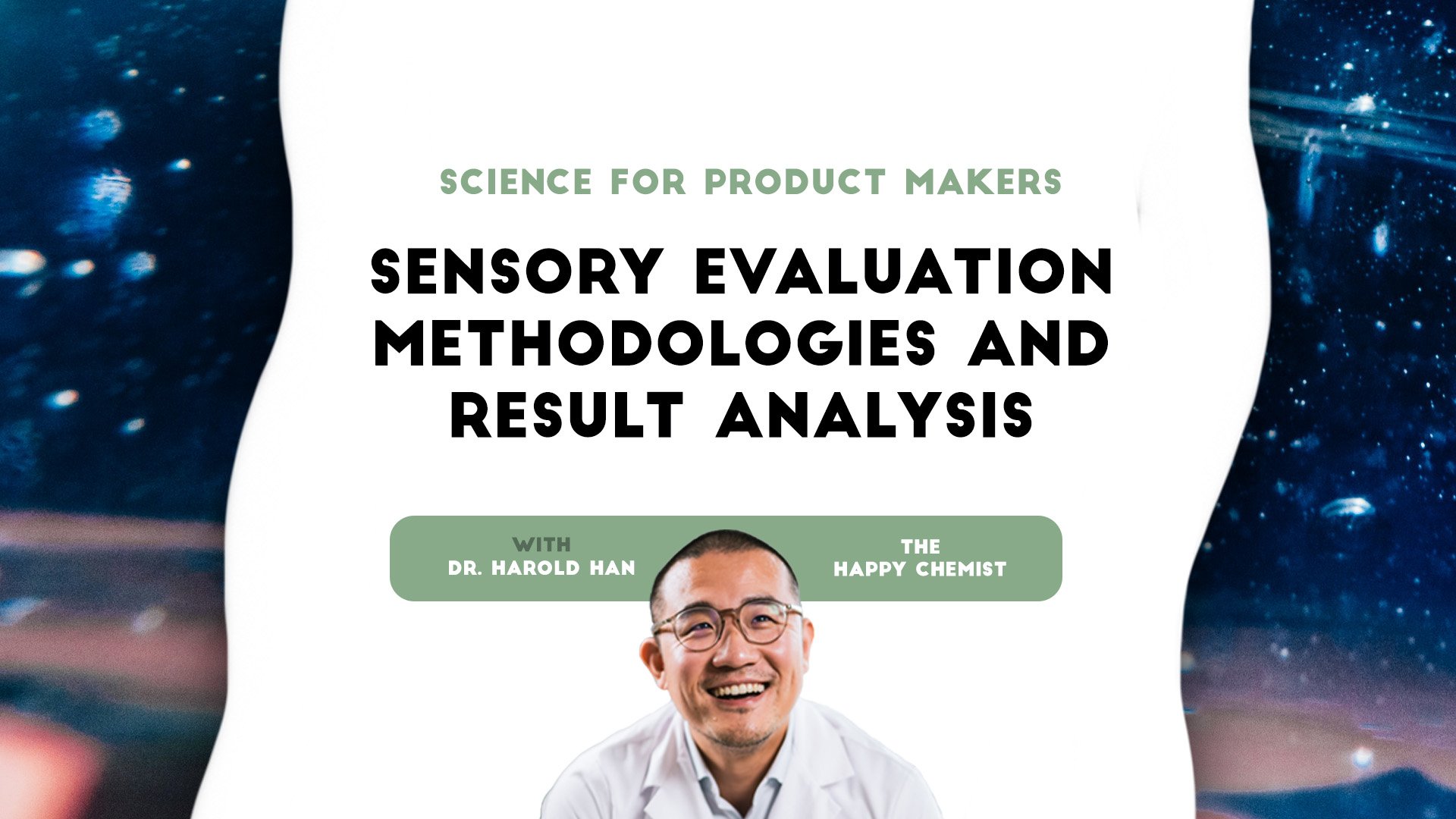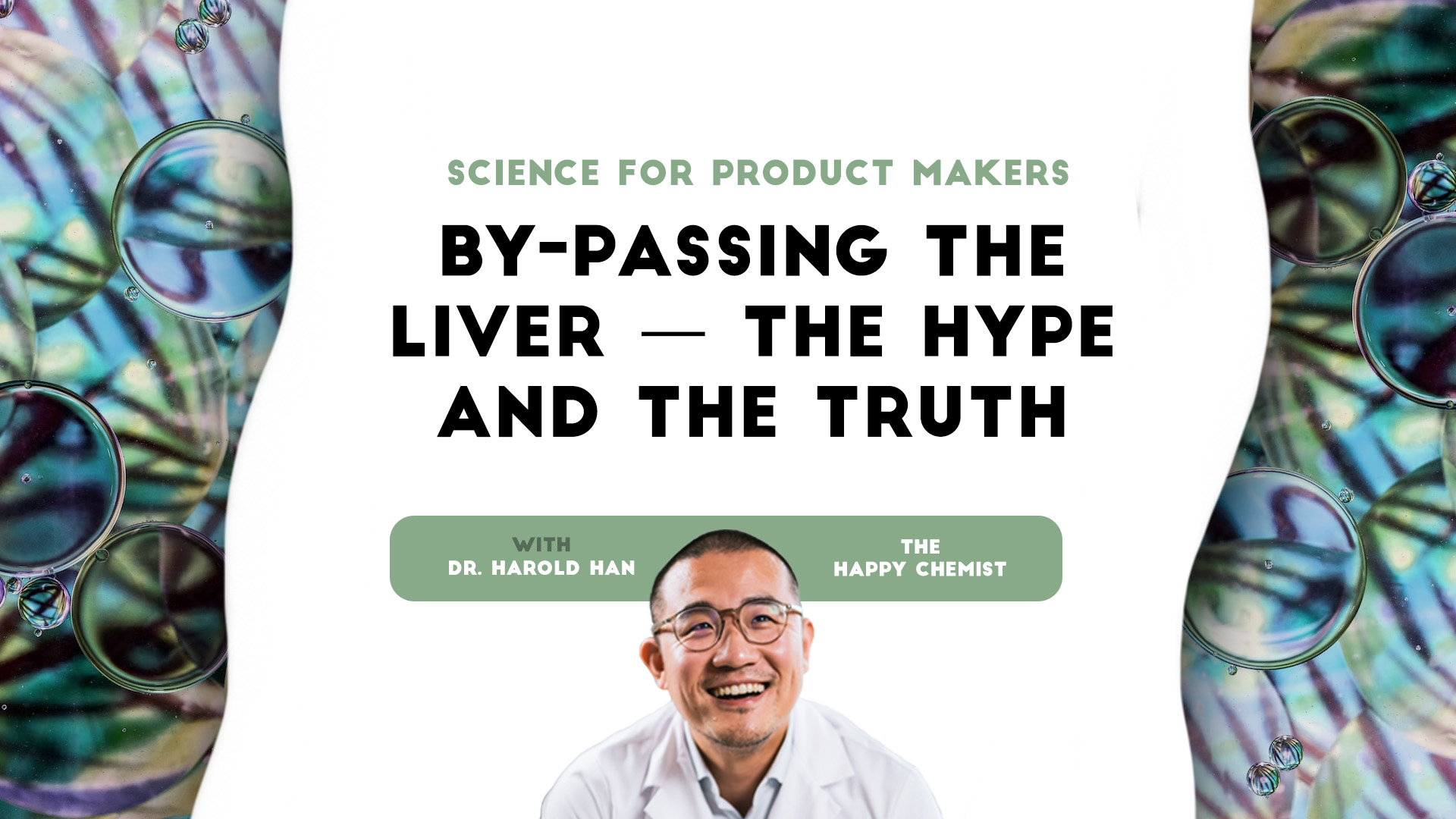Science for product makers: Why is sensory evaluation so difficult?
This post is also published as an article on Harold's LinkedIn profile. You can read and leave comments here.
3 min read
 Dr. Harold Han - "The Happy Chemist"
:
6/29/24 8:57 PM
Dr. Harold Han - "The Happy Chemist"
:
6/29/24 8:57 PM

This post is also published as an article on Harold's LinkedIn profile. You can read and leave comments here.
In my last post, we discussed how genetics impact the ability to taste, introducing subjectivity and uncertainty to sensory results. We discussed how to address those issues by first identifying super tasters within your team and then appointing a “Golden Tongue” to break ties and make final calls regarding flavor formulation.
After assembling your tasting group, it's important to pay attention to some key details when executing your sensory test. Let’s examine the factors that need to be considered when conducting the test.
We often see people taste a sample right from the tank on the production floor. It works for a quick check, but the chaos around you would inevitably impact the decision. It is best to set a designated time and place to bring all tasters together. The room does not need to be fancy; you can use any meeting room with a clean table, but make sure to dedicate the space to your analysis by minimizing distractions. It’s all about psychology! It sends a signal to every taster that it is time to focus. This seemingly easy step is often neglected but is also the foundation to gain high confidence in tasting results.
With more resources, we can improve the tasting room by having uniform lighting to simulate daylight and having an air purifier with a carbon filter to control odor. We can even build individual testing stations to minimize taster interactions, which will be addressed below.
Secondly, we need to find a sensory facilitator, whose job is to prepare samples ahead of time, offer samples according to plan, control the pace of tasting, gather results and organize discussion. Essentially, the sensory facilitator’s job is to make sure tasters will not need to worry about any external factors and can just focus on tasting & offering feedback. We need to acknowledge that humans can be very biased and our decisions can be easily influenced by external factors. So, during tasting, it is the sensory facilitator’s job to remove bias and reduce the influences from external factors as much as possible. Below are some key factors to consider:
High confidence can be achieved if the sensory evaluation process is done following proper scientific protocol. The role of sensory facilitator is critical: he or she needs to determine the goal of the test and prepare samples ahead of time, control the pace of the sensory process, organize the discussion, and help the group reach a conclusion. The ultimate goal is to remove all the possible subjective influences so tasters can focus and offer the most accurate answers.
Up next: I'll explain how to present the sensory samples and how to analyze the sensory data — stay tuned!
Dr. Harold Han — the “Happy Chemist” — combines his storied background in emulsion chemistry and science with curiosity and fascination in the rapidly growing cannabis industry. Developing nano and micro emulsions his entire career, Harold holds a Ph.D in Surface Chemistry from NYU and is the holder of multiple patents for his inventions in emulsion chemistry.
As the Chief Science Officer at Vertosa, Harold spearheads the company’s development of industry-leading and customized active ingredients for infused product makers, offering pre-suspended aqueous solutions to create incredibly homogenous and stable products while maximizing bioavailability, clarity, and taste.
To learn more about the science of cannabis, make sure to follow Harold on LinkedIn and check out his Happy Chemist videos.

This post is also published as an article on Harold's LinkedIn profile. You can read and leave comments here.

This post is also published as an article on Harold's LinkedIn profile. You can read and leave comments here.

This post is also published as an article on Harold's LinkedIn profile. You can read and leave comments here. Our liver is a well-trained bodyguard...